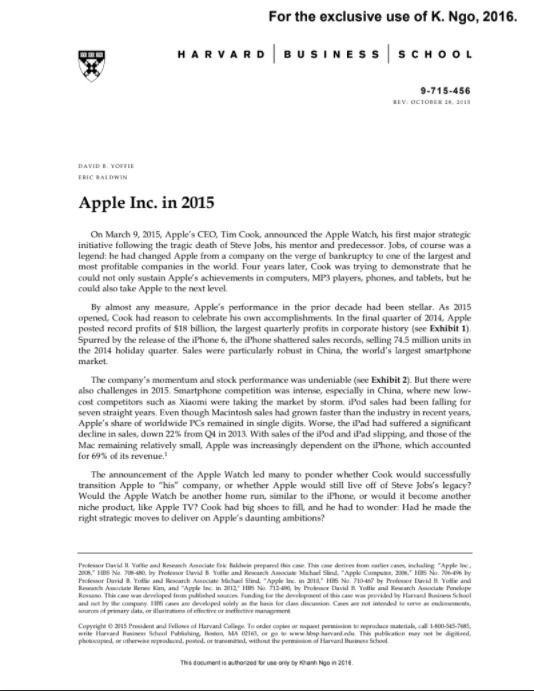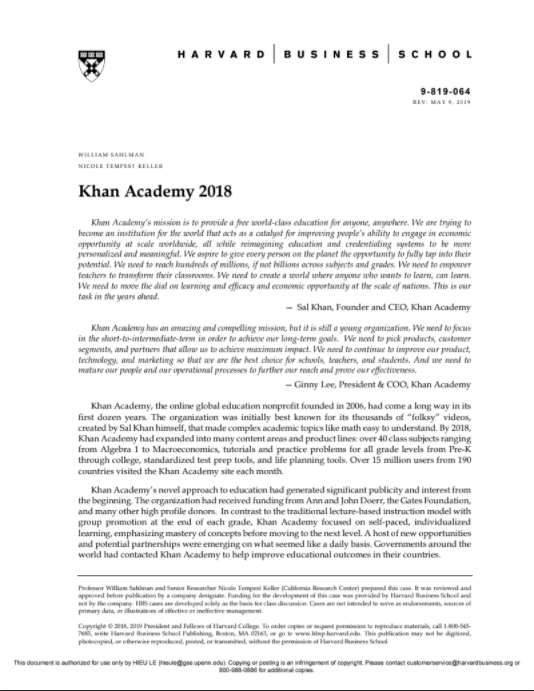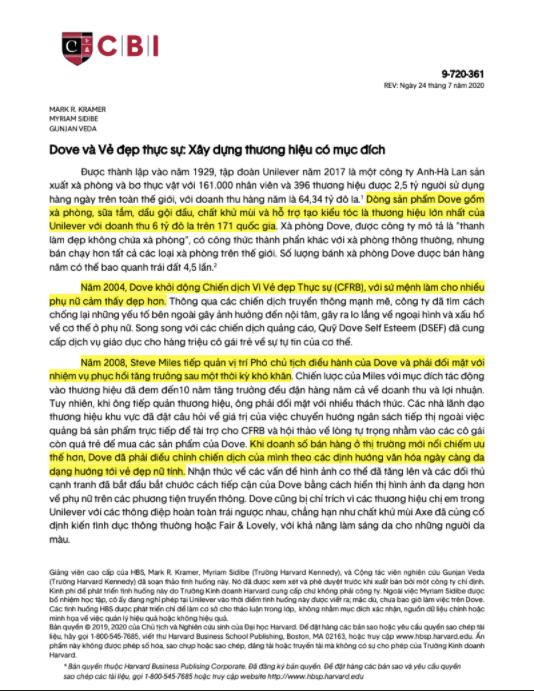Tác giả: David Yoffie & Eric Baldwin, Harvard University.
LỜI DẪN:
Đây là case study mua bản quyền từ Harvard Business Review, được Học viện G.A.P sử dụng trong chương trình Business Case dành cho sinh viên năm 4 với mục tiêu ứng tuyển vào các tập đoàn đa quốc gia, các chương trình Management Trainee, và các tập đoàn tài chính, tư vấn, đầu tư. Case study “Apple” được dùng trong chuyên đề “Product Launching & Customer Empathy”.
Bên dưới là tóm tắt của case study.
SUMMARY
Apple’s competitive position changed fundamentally in 1981 when IBM entered the PC market. Sculley pushed the Mac into new markets, most notably in desktop publishing and education (1985-1993), then In June 1993, Sculley was replaced by Michael Spindler, the company’s president, who had high hopes for a revolutionary OS that would turn around the company’s fate and had plans to push international growth but still not succeed. At that time, insiders believed that Apple was within 90 days of bankruptcy. To save the company, Jobs became the company’s interim CEO in September 1997 and sought to bring a new culture to Apple. Jobs viewed Apple’s control of both hardware and software, one of the few remaining in the PC industry, as a unique strength. Apple subsequently revamped its product line to offer machines that could deliver a cutting-edge, tightly integrated user experience. During the three years after Steve Jobs’s death, Apple witnessed spectacular revenue growth, driven by booming iPhone and iPad sales. The company had become “the Nordstrom of technology” with the launch of iTunes, Apple App Store, and iCloud. After Jobs had revolutionized music, phones, and computing between 2001 and 2011, Apple fans were expecting for the next revolution under Cook. Hoping to meet those expectations, Cook announced his first new major product initiative in September 2014: the Apple Watch, Apple’s entry into wearable technology, which brings smartphone applications to the user’s wrist. Cook also introduced Apple’s new mobile payment system – Apple Pay – then also became so popular that dozens of retailers had pledged to accept Apple Pay in their stores. While almost everything that Apple had touched in the first decade of the 21st century turned to gold, the record was not unblemished. Apple had two notable products that failed to live up to expectations: Mac Mini and Apple TV. Apple had performed above everyone’s expectations in Cook’s first three years as CEO. Despite this success, some observers worried that Apple had become overly dependent on the iPhone and pondered how long Apple could sustain its growth without the introduction of truly innovative new products
SHORT TEXT
Apple’s proliferation under the terms of Steve Jobs and Tim Cook with the brand’s breakthroughs in the competitive tech market. The expectation and worriedness of observers about its potential in the future.
KEY QUESTION OF THE CASE:
Prepare a strategy deck for Tim Cook to address 2 key questions as follows: Could Apple Watch and Apple Pay really be the next iPhone and iTunes? And what steps did Tim Cook and Apple need to take to drive that success?
GHI CHÚ:
Case study này yêu cầu người học đóng vai trò tư vấn chiến lược cho Tim Cook và tập đoàn Apple trong việc đánh giá vai trò chiến lược của 2 sản phẩm Apple Watch và Apple Pay. Đồng thời, người học sẽ đề xuất một bản kế hoạch chiến lược để triển khai việc đưa và đẩy mạnh Apple Watch và Apple Pay trên thị trường.
Học viên tại chương trình Business Case có 1 tuần để chuẩn bị cho bản phân tích chiến lược, bài thuyết trình và có 15 phút để trình bày trước các giảng viên giàu kinh nghiệm của G.A.P.



